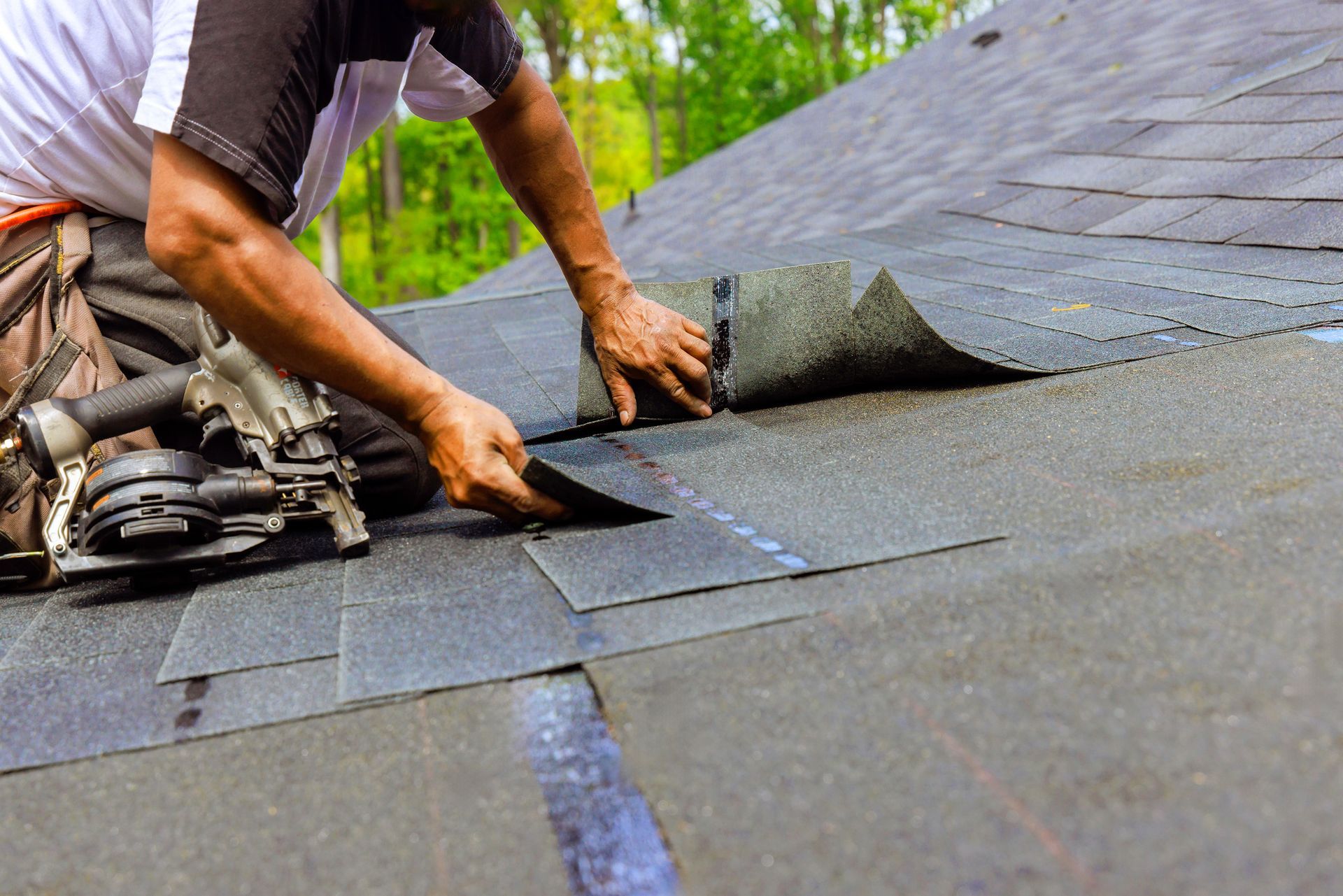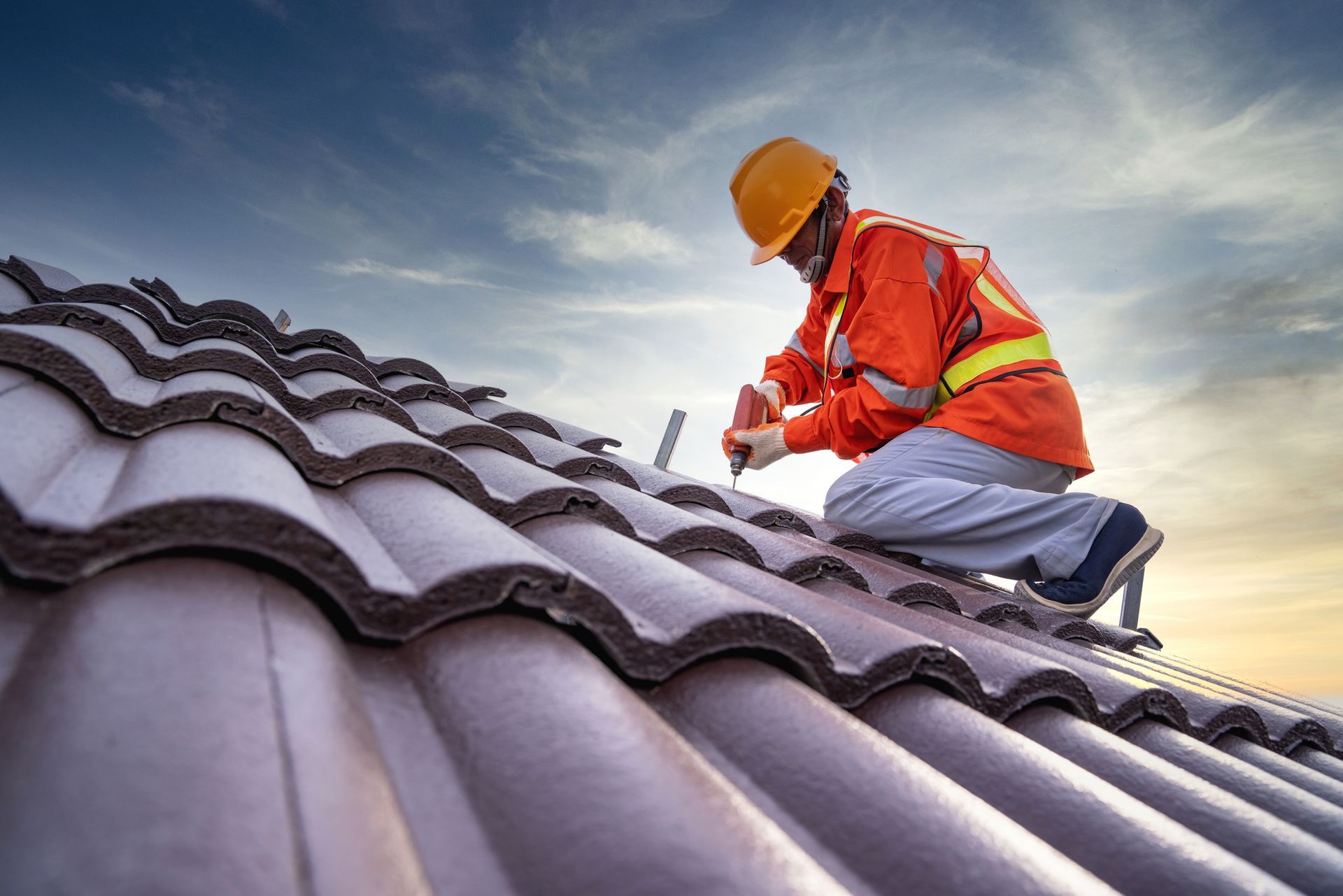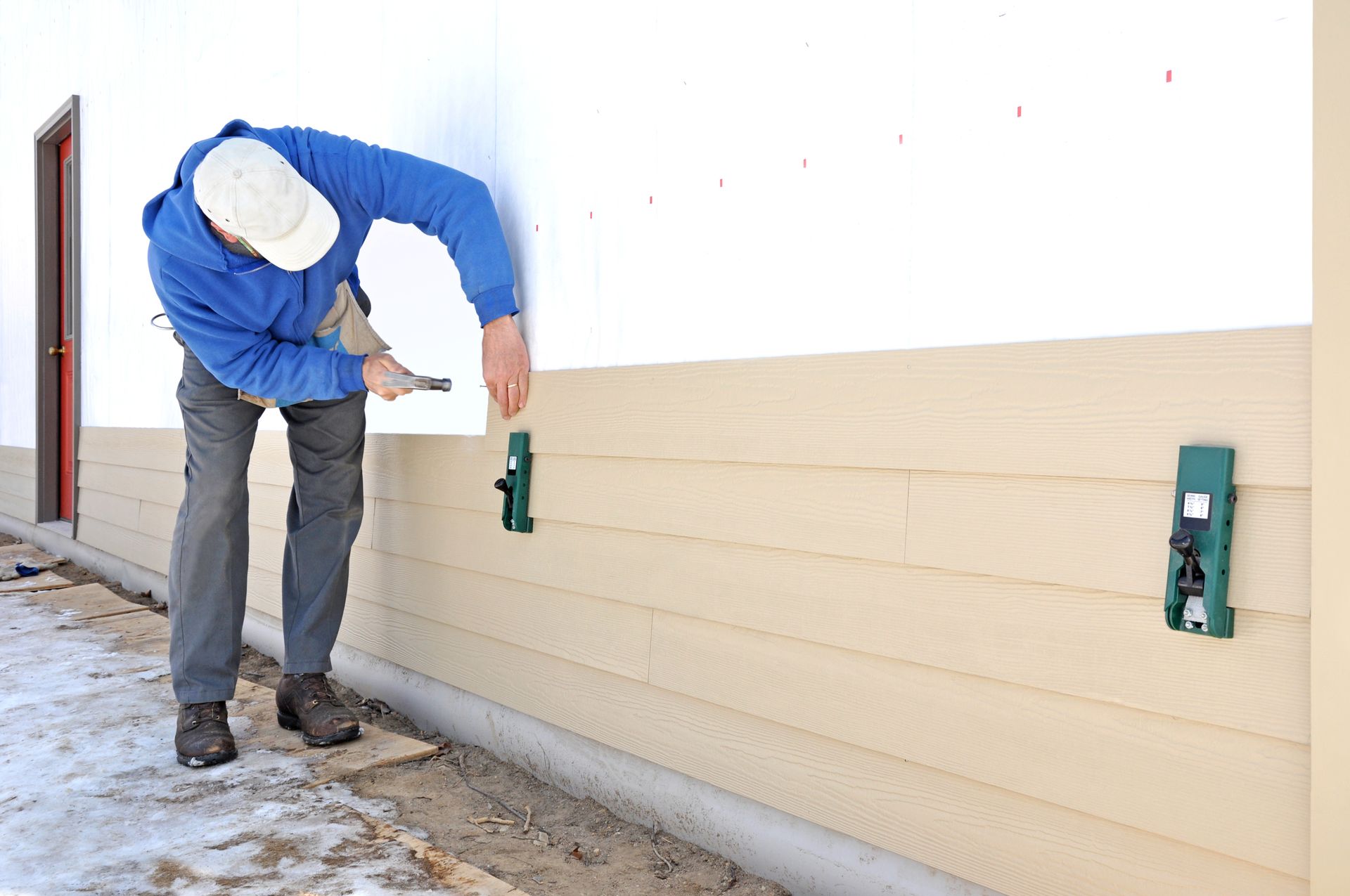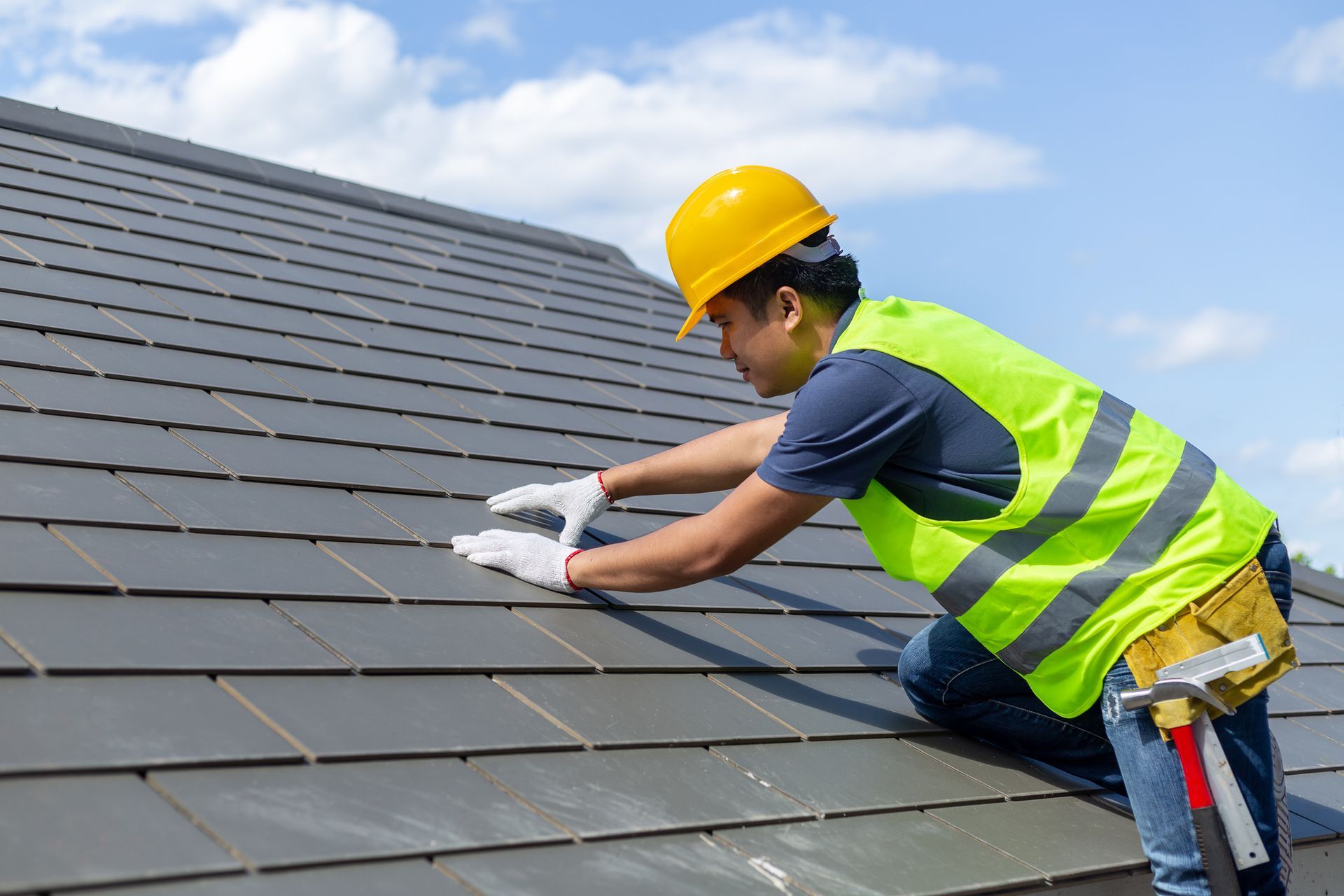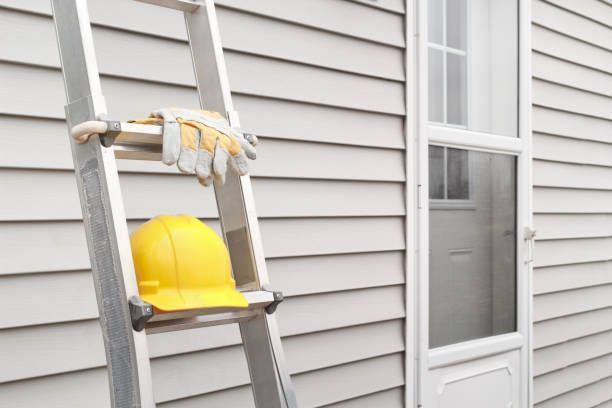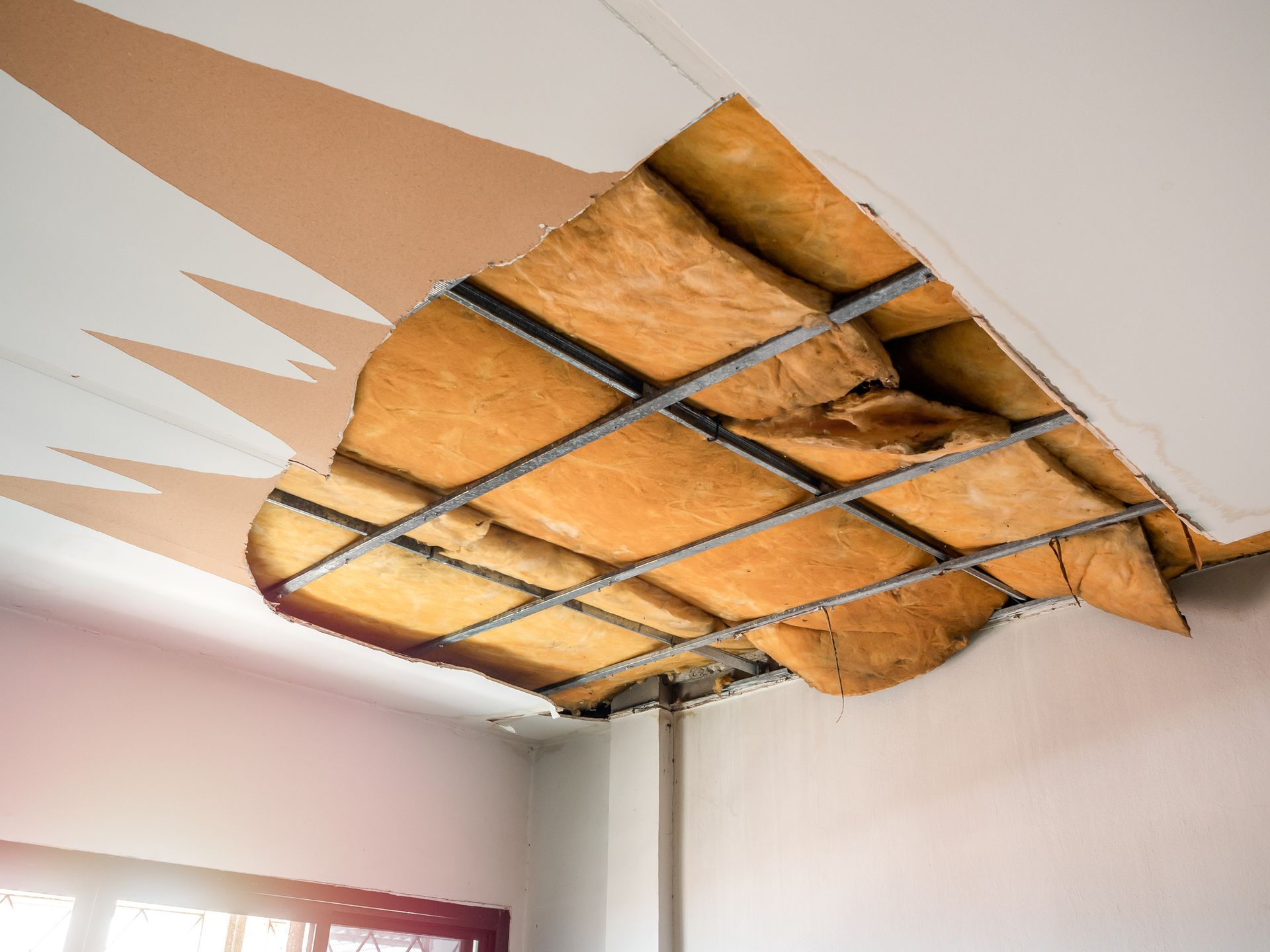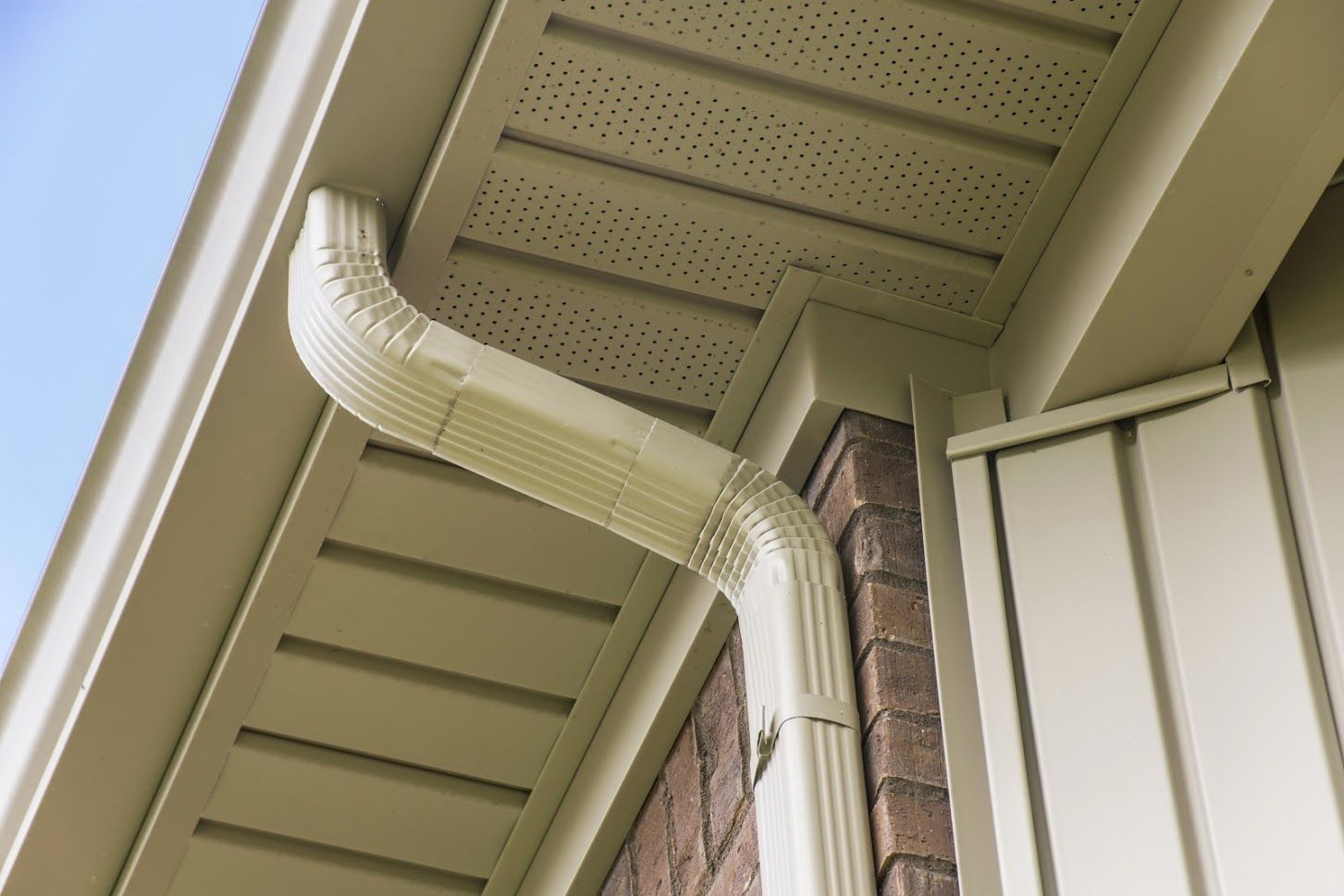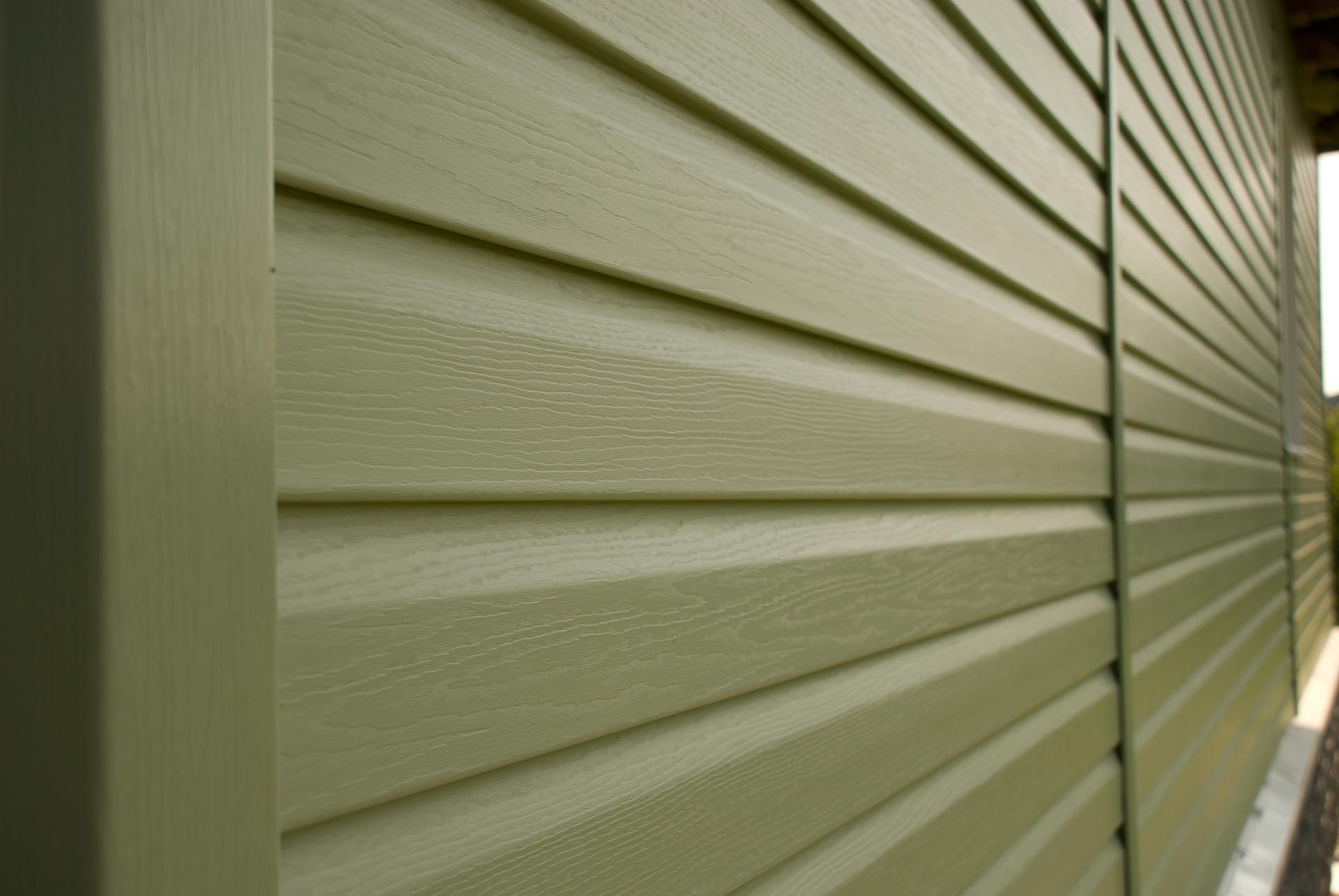Wind: How It Damages Your Roof and What You Can Do About It
High winds, either from a hurricane moving inland or a simple thunderstorm, can cause major damage to a roof. Repairs are sometimes possible, but a better solution is to install a new roof that is designed for wind resistance. This blog reviews how wind can damage your roof and what you can do to prevent or repair the damage.
Common Damages
Damages from wind can be quite diverse, but usually, they fall into one of the following three categories. It is only the severity of the damages that varies.
Roof Uplift
Uplift occurs when wind slams into the side of your home and then pushes up on the edges of the shingles where they hang over. In minor instances, it will simply rip off a row or more of shingles near the edge. More severe damage can result in the wind lifting up the edge of the roof decking, beneath the shingles, and tearing off whole sections of the roof down to the trusses. Severe uplift can render your home open to the elements and necessitate an emergency roof replacement.
Torn Shingles
Torn shingles are a common form of wind damage. Much like uplift, blowing wind gets beneath the shingles. Unlike uplift, the damage is often further up on the roof and tends to be scattered. Shingles may simply lift at the edges and appear ruffled, or they may be torn and left hanging. In some instances, a few shingles are completely torn off and the felt layer under the shingles is exposed. Whether minor or severe, torn and damaged shingles will need to be replaced.
Water Incursion
Wind damage isn't always immediately obvious from outside the home. It's a good idea to check inside the attic following high winds or a storm. If you spot damp spots on the ceiling, or any signs of water damage like stains or mildew on ceilings, rafters, or exposed insulation, then water may have been forced beneath the shingles by the wind. This type of water incursion often goes undetected until it has become so severe that the roof decking begins to suffer from rot issues.
Damage Prevention
Although there are some upgrades possible to make an existing roof more wind resistant, the best wind damage prevention is installed at the time of a new roof replacement. Using one or all of the following tactics greatly reduces the chances of damage.
Wind Strapping
Also called hurricane straps, wind strapping is a type of metal bracket or brace that affixes at-risk portions of the roof to the sturdy frame structure of trusses and rafters beneath it. The straps are commonly installed along the edge of the roof decking to attach them to the edge trusses and house framing on either existing or new roofs.
Straps, along with a dense nailing pattern, can also help further attach the decking to the rafters between the roof edge and peak. Strapping works exceptionally well to prevent uplift.
Shingle Reinforcement
How the shingles have been adhered to the roof can prevent wind damage, especially torn and ruffled shingles. Shingles can be attached to the roof with as few as four nails, but your roof is more wind resistant if the installer uses six nails instead. Further, full adhesion beneath the shingles can also help prevent shingle damage. Your roofer may use adhesive strips or paint on roofing tar to seal the shingle edges down.
Weather Seals
Gutter aprons and drip edges are a common option for sealing the edge of the roof at the eaves so that water can't be forced beneath the shingles. A gutter apron is little more than a piece of metal flashing that wraps around the edge of the roof and eaves so water can overflow from gutters and get under shingles. A drip edge is a metal sheet, sometimes installed over a plastic weather membrane, that is installed under the lowest course of shingles to provide an additional water barrier at the eaves and roof edge.
Contact HomeTeck Roofing & Remodeling today to learn more about installing storm-ready and wind-resistant roofs.

